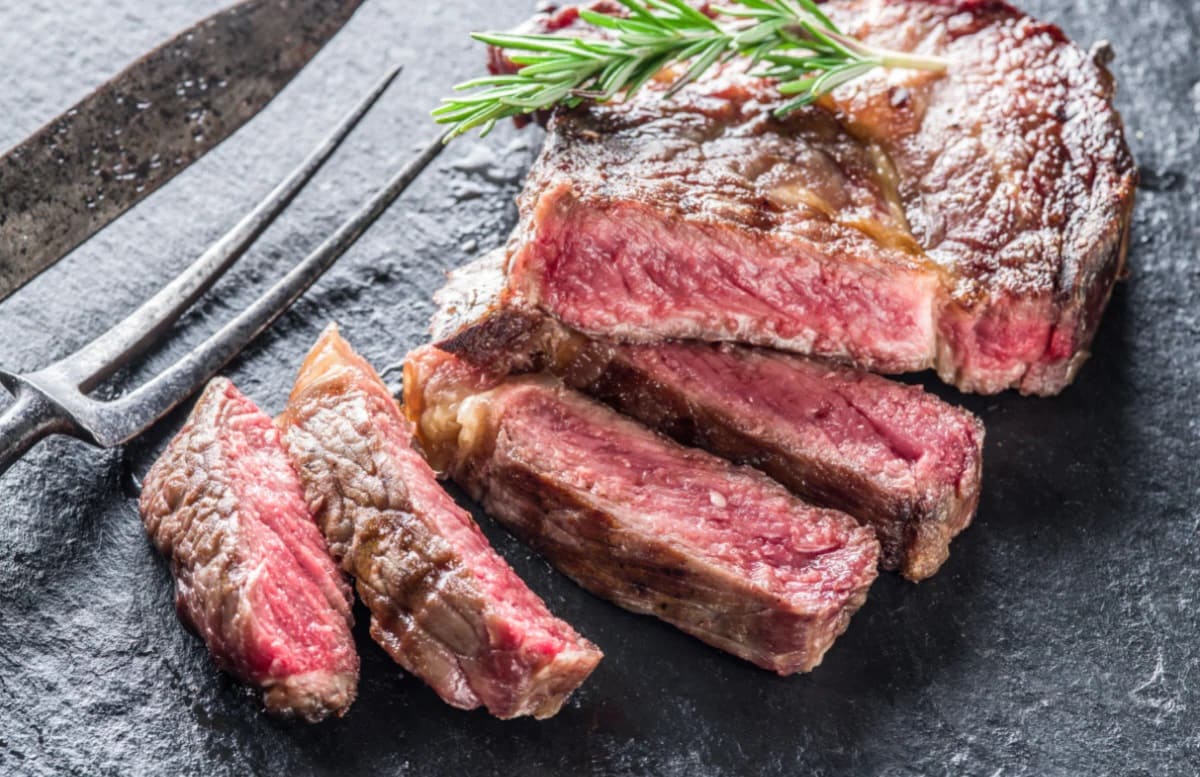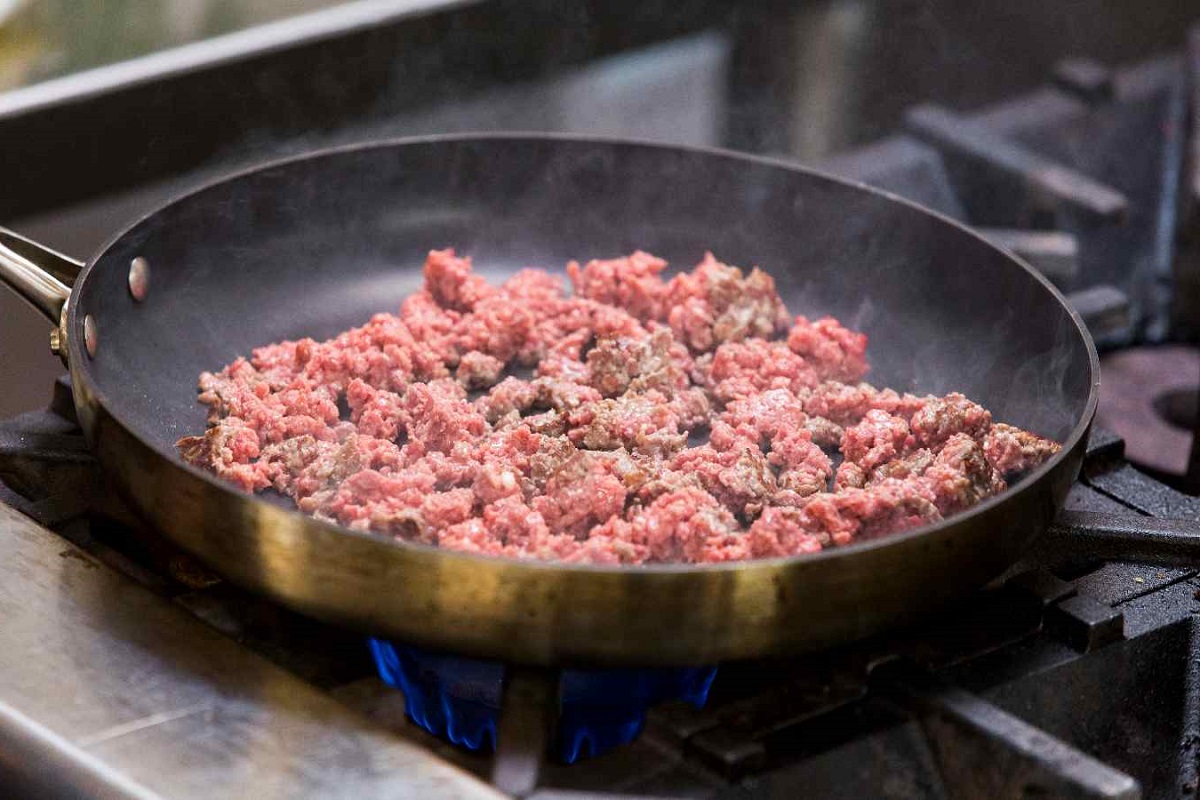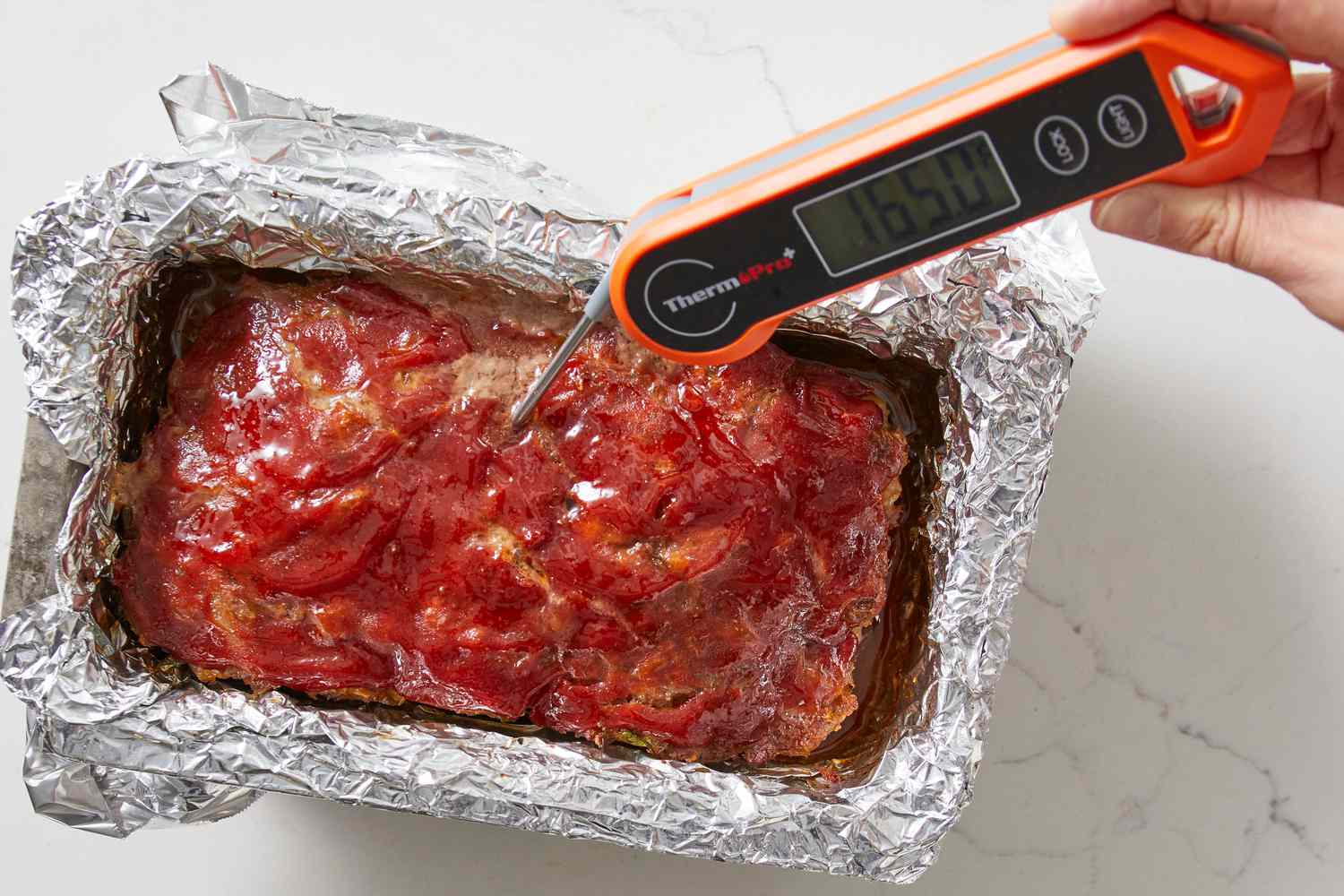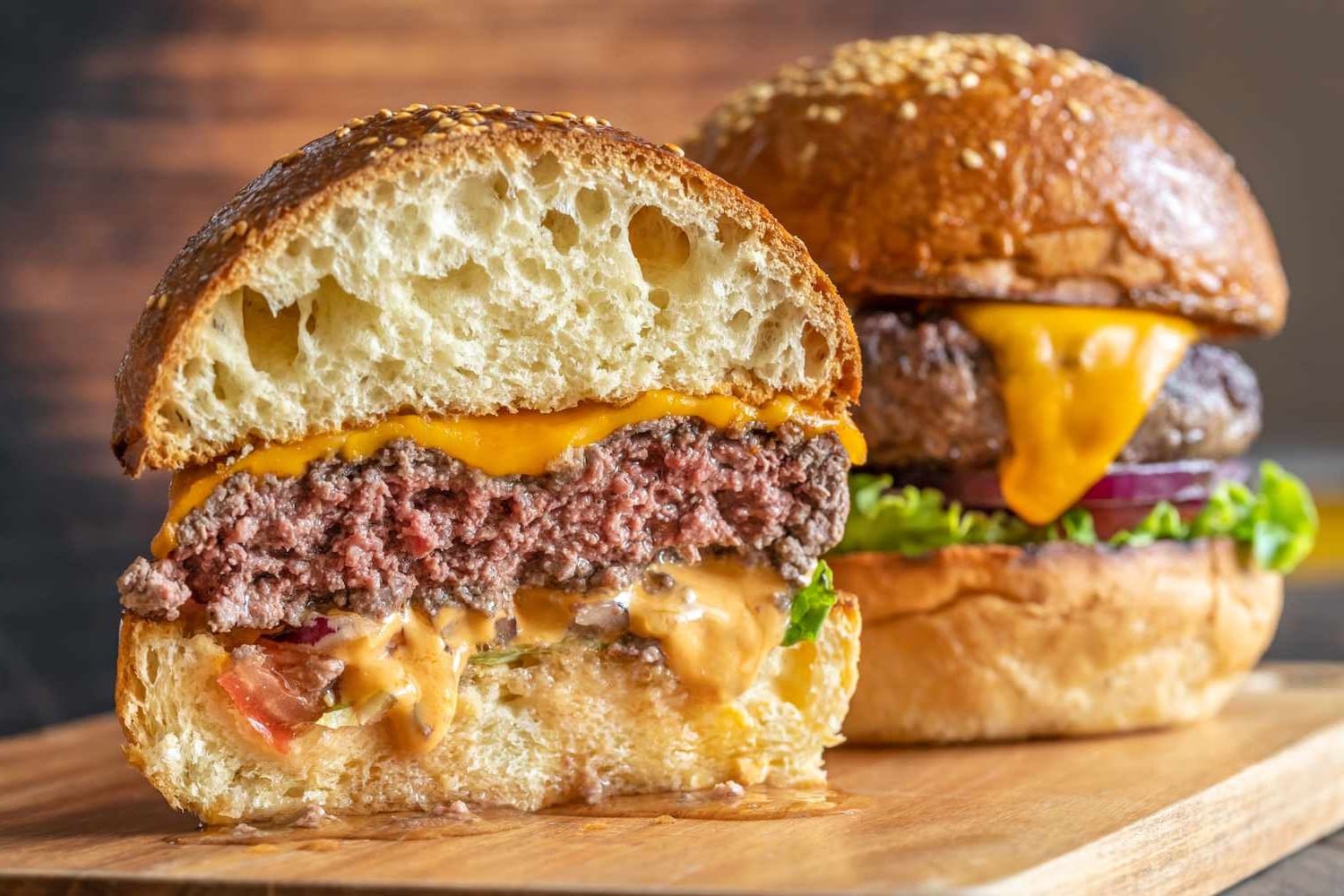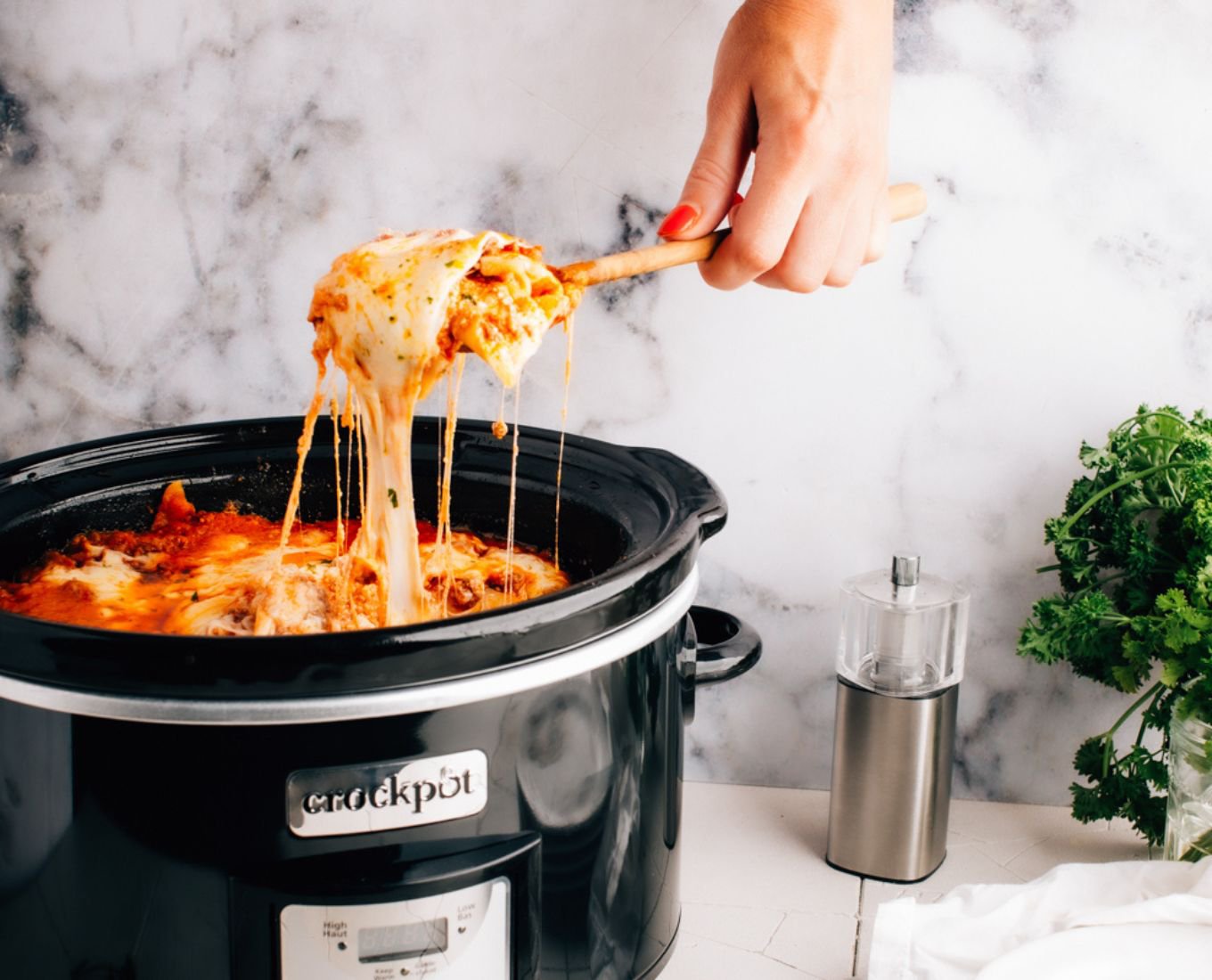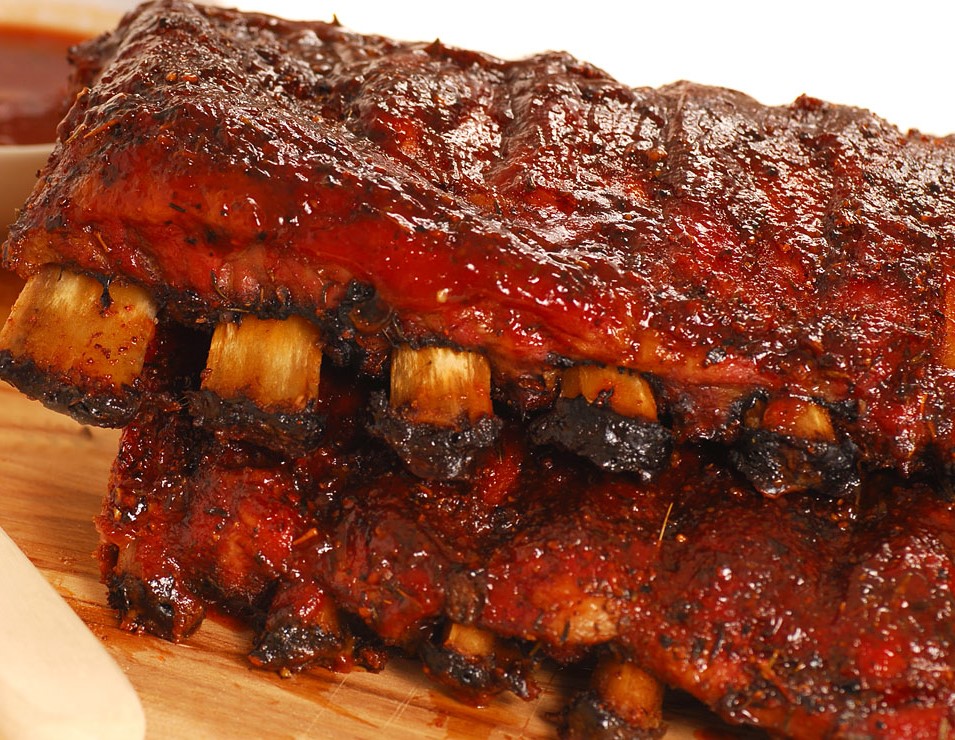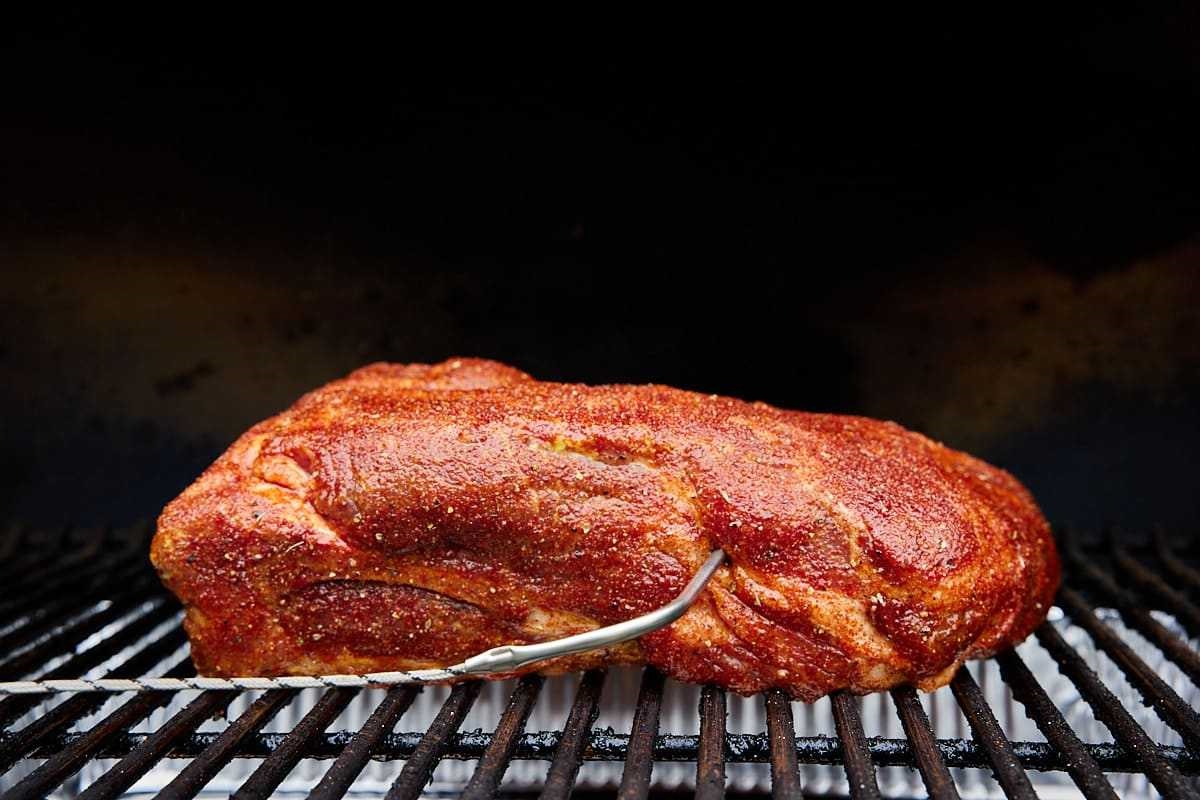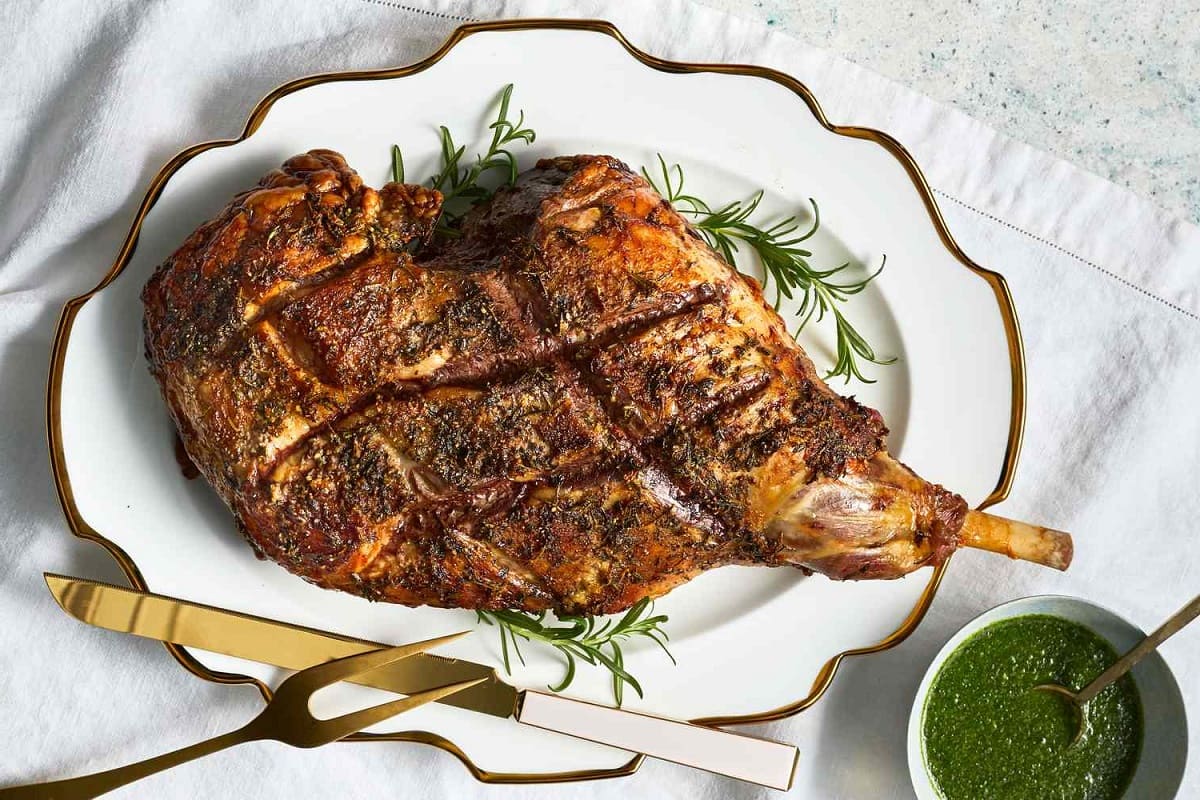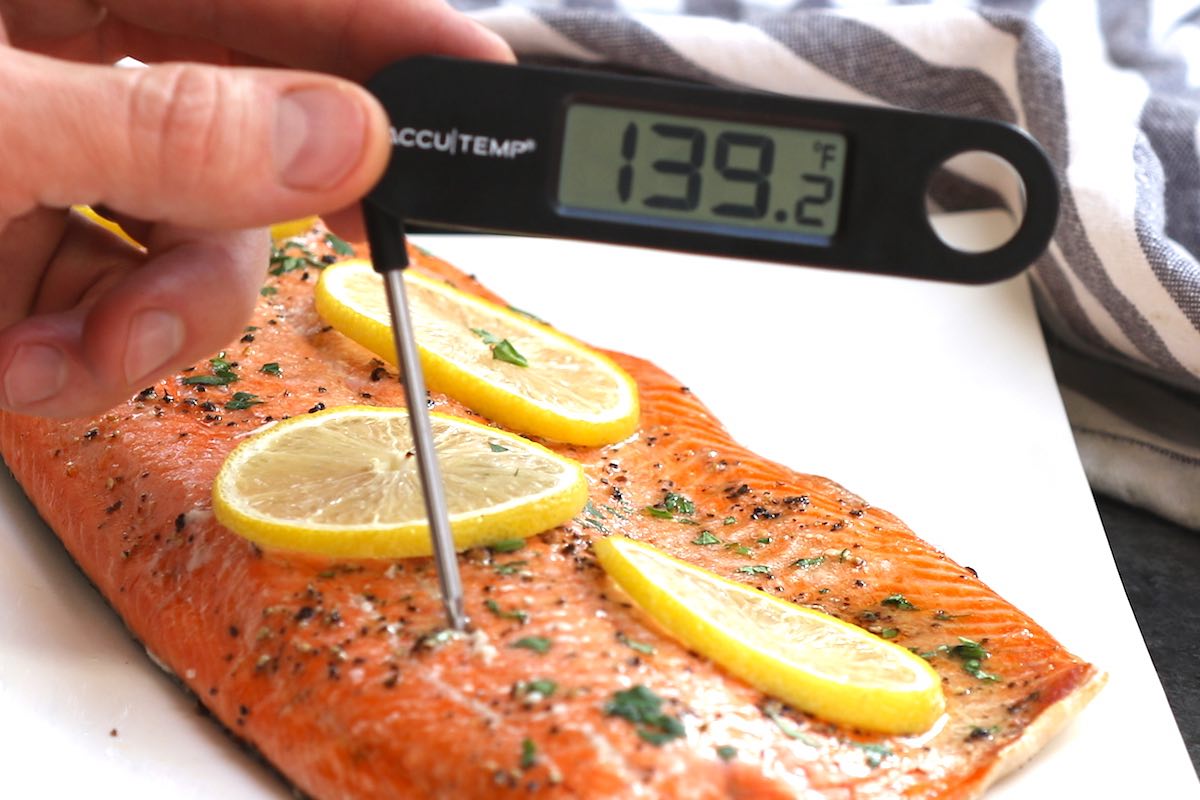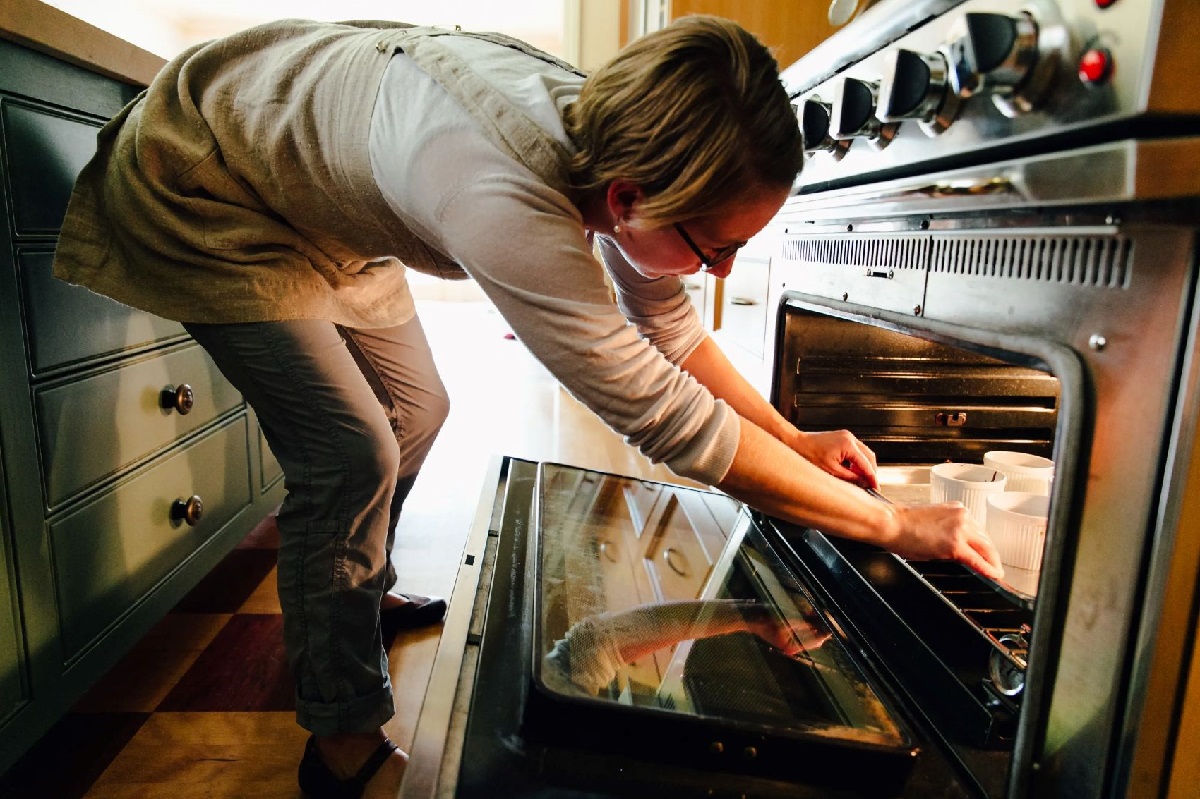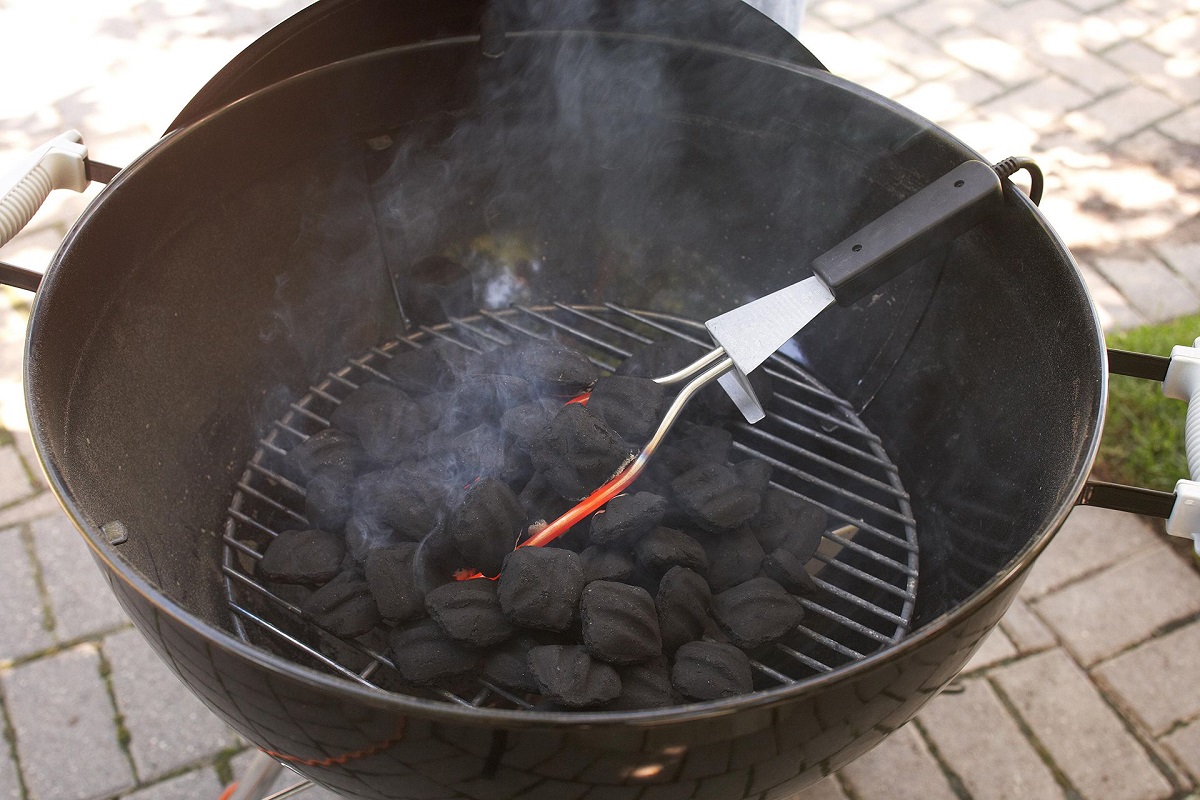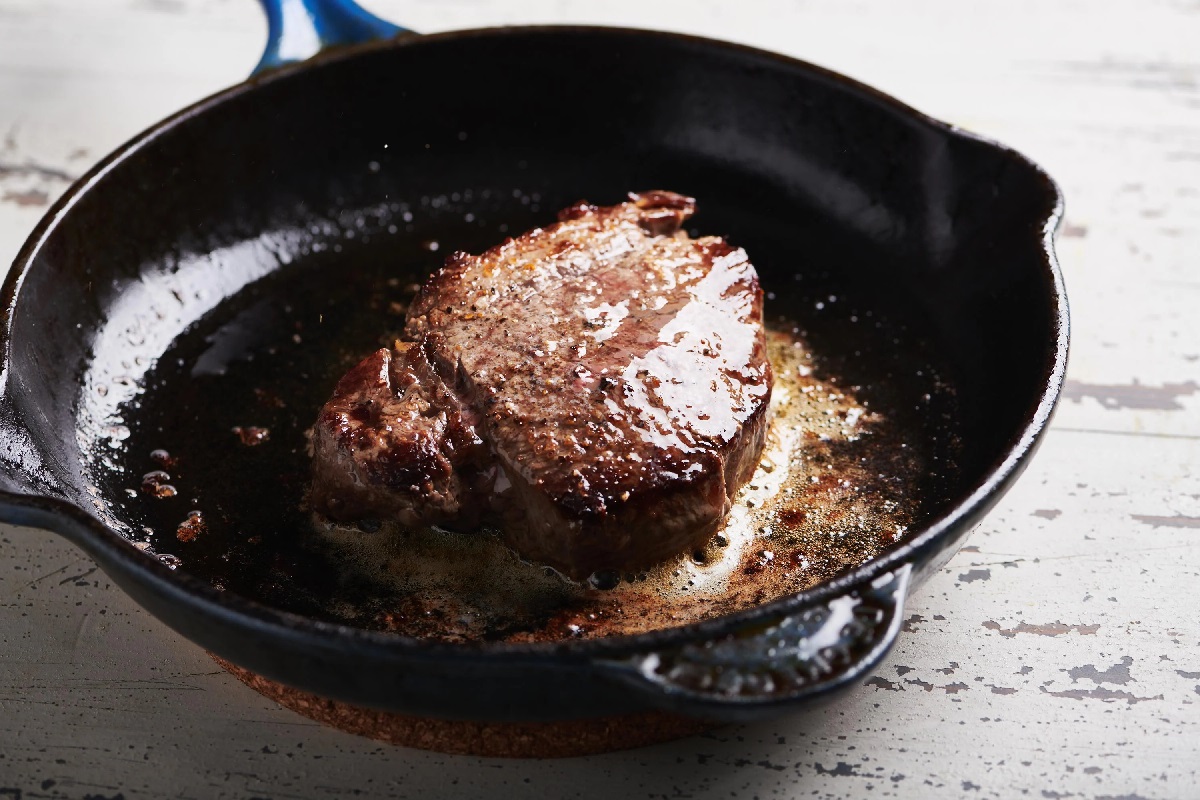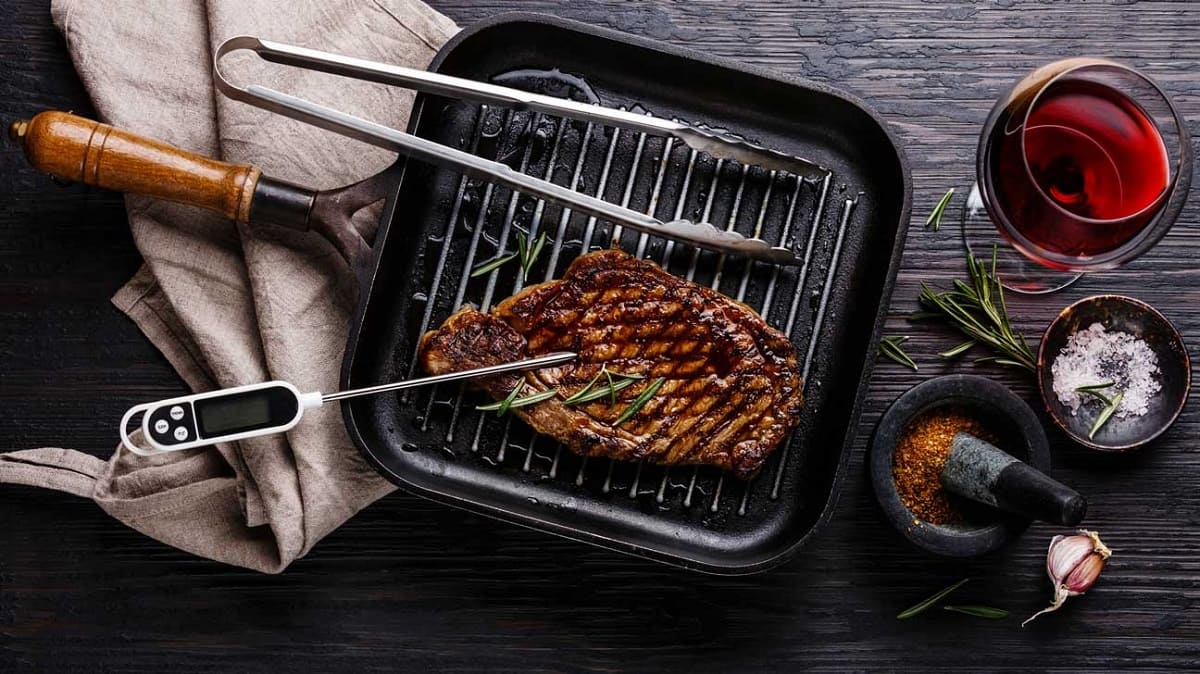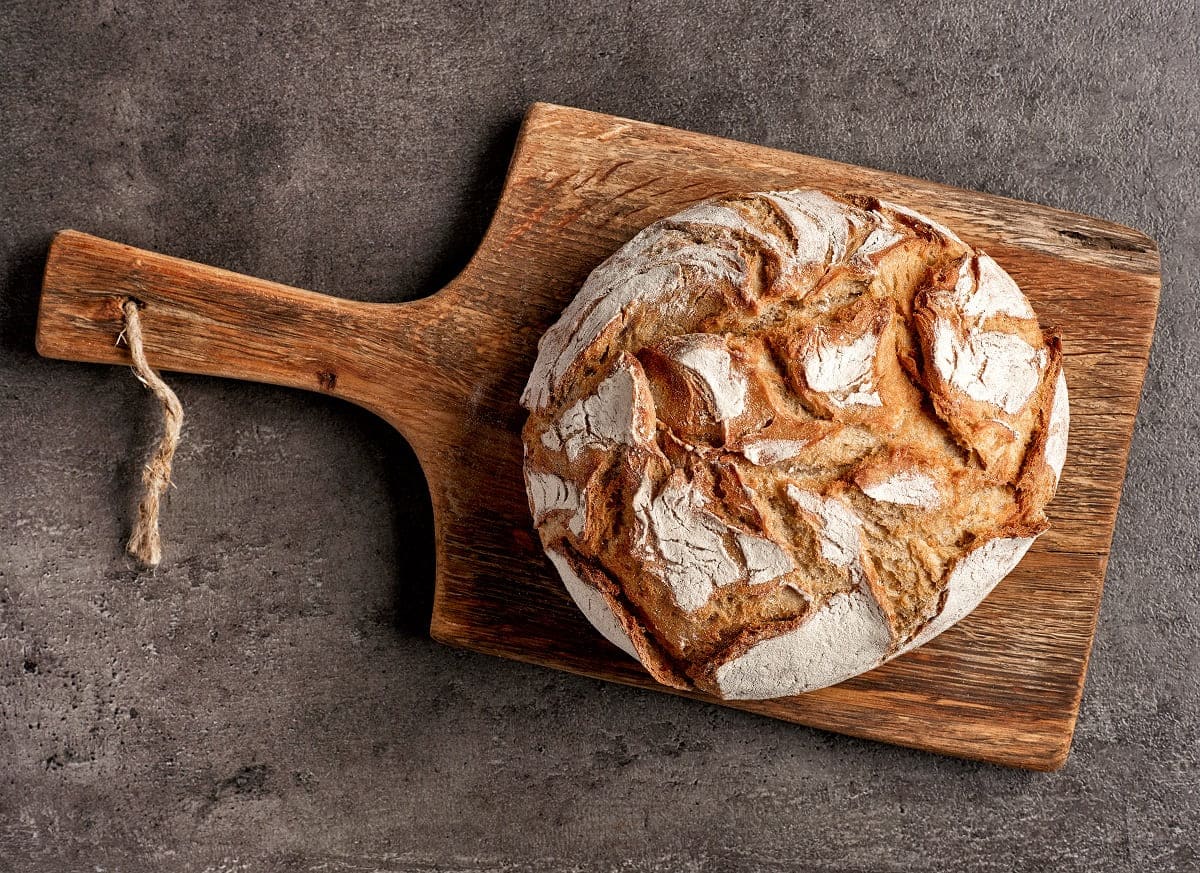Home>Culinary & Beverages>Optimal Temperature For Cooking Pork Tenderloin
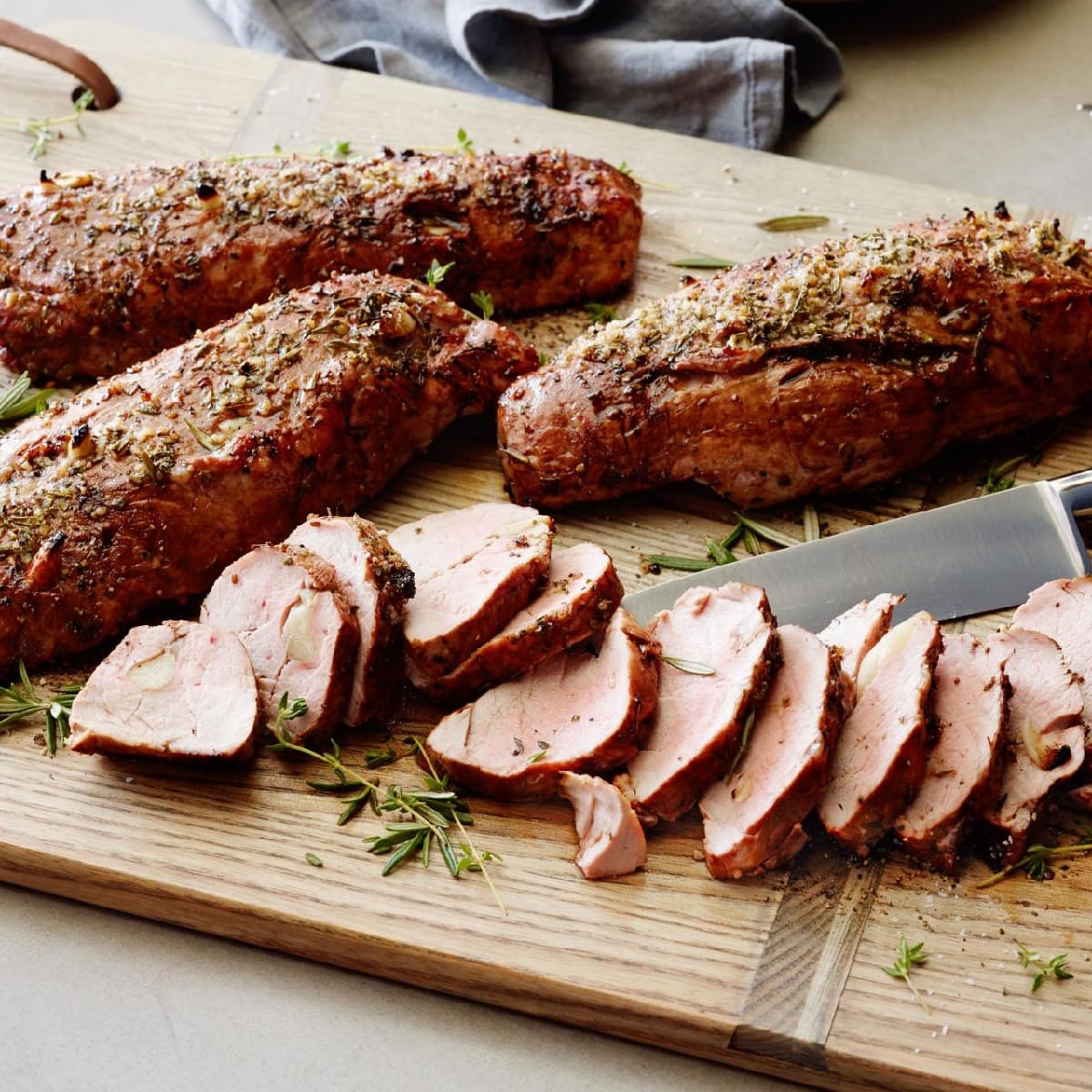

Culinary & Beverages
Optimal Temperature For Cooking Pork Tenderloin
Published: February 22, 2024
Discover the perfect temperature for cooking pork tenderloin to achieve tender, juicy results. Explore culinary and beverage tips for a delectable dining experience.
(Many of the links in this article redirect to a specific reviewed product. Your purchase of these products through affiliate links helps to generate commission for Temperatures.com, at no extra cost. Learn more)
Table of Contents
Introduction
Cooking pork tenderloin to perfection requires attention to detail, especially when it comes to temperature. The optimal temperature for cooking pork tenderloin ensures that it is safe to eat while retaining its juicy tenderness and delicious flavor. Understanding the factors that influence the cooking temperature, the recommended internal temperature, methods for checking doneness, and essential tips for achieving the best results is crucial for any culinary enthusiast.
Pork tenderloin, often referred to as the "other white meat," is a lean and tender cut that is versatile and flavorful. Whether it's being grilled, roasted, or pan-seared, the cooking temperature plays a pivotal role in determining the outcome of this delectable dish. Factors such as the thickness of the cut, the cooking method employed, and the desired level of doneness all contribute to the optimal temperature for cooking pork tenderloin.
In this comprehensive guide, we will delve into the various aspects of cooking pork tenderloin, focusing on the significance of temperature control. By understanding the science behind the cooking process and the recommended guidelines, you will be equipped with the knowledge to elevate your culinary skills and create mouthwatering pork tenderloin dishes with confidence.
Let's embark on a journey through the nuances of cooking pork tenderloin at the optimal temperature, exploring the art and science that culminate in a perfectly cooked, succulent dish that will delight the palates of your family and guests.
Factors Affecting Pork Tenderloin Cooking Temperature
The optimal cooking temperature for pork tenderloin is influenced by several key factors that directly impact the outcome of this culinary endeavor. Understanding these factors is essential for achieving the desired level of doneness and ensuring a safe and enjoyable dining experience.
-
Thickness of the Cut: The thickness of the pork tenderloin significantly affects the cooking temperature and time. Thicker cuts require lower cooking temperatures and longer cooking times to ensure that the interior reaches the recommended temperature without overcooking the exterior. Conversely, thinner cuts necessitate higher cooking temperatures for a shorter duration to achieve the ideal balance between doneness and tenderness.
-
Cooking Method: The chosen cooking method, whether it's grilling, roasting, or pan-searing, plays a pivotal role in determining the optimal cooking temperature for pork tenderloin. Each method requires specific temperature adjustments to achieve the desired results. For instance, grilling at a higher temperature may result in a beautifully seared exterior, while roasting at a lower temperature allows for even cooking throughout the tenderloin.
-
Desired Doneness: Individual preferences for the level of doneness also influence the cooking temperature. Whether aiming for a slightly pink center or a fully cooked interior, the target temperature will vary accordingly. This factor is particularly important as it directly impacts the texture and juiciness of the pork tenderloin.
-
Initial Temperature of the Meat: The starting temperature of the pork tenderloin, particularly whether it is at room temperature or chilled, can affect the cooking process. Room temperature pork tenderloin cooks more evenly and requires less time to reach the desired internal temperature, while chilled meat may necessitate longer cooking times to achieve the same result.
By considering these factors, culinary enthusiasts can tailor their cooking approach to achieve the perfect pork tenderloin dish. The interplay of these elements underscores the importance of precision and attentiveness when determining the optimal cooking temperature for pork tenderloin, ultimately leading to a delectable and satisfying culinary experience.
Recommended Internal Temperature for Pork Tenderloin
The recommended internal temperature for pork tenderloin is a critical aspect of ensuring both food safety and culinary excellence. Achieving the ideal internal temperature is essential to guarantee that the pork tenderloin is safe to consume while preserving its succulence and flavor. The United States Department of Agriculture (USDA) and other food safety authorities provide guidelines for the recommended internal temperature of pork tenderloin to ensure that it is thoroughly cooked and free from harmful bacteria.
The USDA recommends that pork tenderloin should reach an internal temperature of 145°F (63°C) when measured with a food thermometer inserted into the thickest part of the meat. At this temperature, the pork tenderloin is considered safe to eat, with a slight blush of pink in the center. This level of doneness not only meets food safety standards but also ensures that the meat retains its juiciness and tenderness, offering a delightful dining experience.
For those who prefer their pork tenderloin to be more well-done, the USDA advises allowing the meat to reach an internal temperature of 160°F (71°C). At this temperature, the pork tenderloin will be fully cooked, with a uniform color throughout. While this level of doneness may result in slightly less juiciness, it remains a safe and delectable option for individuals who prefer their pork tenderloin to be more thoroughly cooked.
It is important to note that the recommended internal temperatures are based on scientific research and food safety standards, aiming to minimize the risk of foodborne illnesses while preserving the quality of the meat. By adhering to these guidelines, individuals can confidently prepare and enjoy pork tenderloin dishes, knowing that they are both safe and delicious.
Understanding the recommended internal temperatures for pork tenderloin is fundamental for culinary enthusiasts and home cooks alike. By utilizing a reliable food thermometer and ensuring that the pork tenderloin reaches the appropriate internal temperature, individuals can savor this delectable cut of meat with the assurance of both safety and exceptional flavor.
In summary, the recommended internal temperature of 145°F (63°C) for a slightly pink center or 160°F (71°C) for a fully cooked consistency serves as a cornerstone for achieving culinary perfection and ensuring the safety of pork tenderloin dishes. By embracing these guidelines, individuals can elevate their cooking prowess and delight in the exquisite flavors of perfectly cooked pork tenderloin.
Methods for Checking Pork Tenderloin Temperature
Ensuring that pork tenderloin reaches the recommended internal temperature is essential for both food safety and culinary success. Several reliable methods can be employed to accurately check the temperature of pork tenderloin, providing the assurance of achieving the desired level of doneness.
-
Food Thermometer: Using a food thermometer is the most accurate and dependable method for checking the internal temperature of pork tenderloin. Insert the thermometer probe into the thickest part of the tenderloin, ensuring that it does not touch bone or fat, as this can result in an inaccurate reading. Once inserted, wait for a few seconds until the thermometer stabilizes and displays the temperature. Digital instant-read thermometers are particularly convenient for quick and precise readings.
-
Visual Inspection: While not as precise as using a thermometer, visual inspection can provide a general indication of the pork tenderloin's doneness. A fully cooked pork tenderloin will have a firm texture and a uniform color throughout, with clear juices running from the meat. However, it is important to complement visual cues with the use of a food thermometer for accurate confirmation of the internal temperature.
-
Touch Test: The touch test involves using tactile feedback to gauge the doneness of the pork tenderloin. When the tenderloin is rare, it will feel soft and squishy to the touch. As it cooks and reaches medium doneness, it will become firmer with a slight give. At the well-done stage, the tenderloin will feel firm to the touch. While this method can provide a rough estimate of doneness, it is not as reliable as using a food thermometer.
By employing these methods in combination, individuals can confidently determine the internal temperature of pork tenderloin, ensuring that it meets the recommended guidelines for safe consumption. The use of a food thermometer remains the gold standard for accuracy, while visual inspection and the touch test can serve as supplementary techniques to reinforce the assessment of doneness.
Mastering the art of checking pork tenderloin temperature is a fundamental skill for any culinary enthusiast. By utilizing these methods with precision and attentiveness, individuals can elevate their cooking prowess and consistently deliver perfectly cooked pork tenderloin dishes that are both safe and delectable.
Tips for Cooking Pork Tenderloin at the Optimal Temperature
-
Bring the Pork Tenderloin to Room Temperature: Before cooking, allow the pork tenderloin to sit at room temperature for approximately 30 minutes. This ensures more even cooking, reducing the risk of overcooking the exterior while waiting for the interior to reach the desired temperature.
-
Use a Two-Stage Cooking Method: Consider employing a two-stage cooking method, such as searing the pork tenderloin over high heat to develop a flavorful crust, then finishing it in the oven at a lower temperature. This approach results in a beautifully caramelized exterior and a perfectly cooked interior.
-
Marinate or Brine for Flavor and Moisture: Enhance the flavor and juiciness of the pork tenderloin by marinating it in a flavorful mixture or brining it in a salt solution. This not only adds depth to the taste but also helps the meat retain moisture during the cooking process.
-
Rest the Pork Tenderloin After Cooking: Allow the cooked pork tenderloin to rest for 5-10 minutes before slicing and serving. This resting period allows the juices to redistribute, resulting in a more succulent and tender texture.
-
Invest in a Reliable Food Thermometer: A high-quality food thermometer is an indispensable tool for achieving the optimal cooking temperature for pork tenderloin. Invest in a digital instant-read thermometer to accurately monitor the internal temperature, ensuring that the pork tenderloin reaches the recommended level of doneness.
-
Consider Using a Meat Rub or Seasoning: Apply a flavorful meat rub or seasoning to the pork tenderloin before cooking to enhance its taste and create a delicious crust. This simple yet effective step adds depth of flavor and visual appeal to the dish.
-
Monitor the Cooking Temperature: Maintain a consistent cooking temperature throughout the cooking process, whether grilling, roasting, or pan-searing. Fluctuations in temperature can affect the overall doneness and texture of the pork tenderloin.
-
Slice Against the Grain: When slicing the cooked pork tenderloin, remember to cut against the grain to ensure tenderness. Slicing against the grain shortens the muscle fibers, resulting in a more tender and enjoyable eating experience.
By incorporating these tips into your pork tenderloin cooking routine, you can elevate the dish to new heights, achieving the optimal temperature for a delectable and satisfying culinary experience.
Conclusion
In conclusion, mastering the art of cooking pork tenderloin at the optimal temperature is a journey that combines culinary expertise, precision, and a deep understanding of the science behind the cooking process. By delving into the factors that influence the cooking temperature, understanding the recommended internal temperatures, exploring methods for checking doneness, and incorporating essential tips, individuals can elevate their culinary prowess and consistently deliver succulent and flavorful pork tenderloin dishes.
The interplay of factors such as the thickness of the cut, the chosen cooking method, desired level of doneness, and the initial temperature of the meat underscores the complexity of achieving the optimal cooking temperature for pork tenderloin. This complexity, however, presents an opportunity for culinary enthusiasts to hone their skills and tailor their approach to create exceptional dishes that delight the senses.
Understanding the recommended internal temperatures of 145°F (63°C) for a slightly pink center or 160°F (71°C) for a fully cooked consistency serves as a cornerstone for achieving culinary perfection and ensuring the safety of pork tenderloin dishes. By embracing these guidelines, individuals can confidently prepare and enjoy pork tenderloin dishes, knowing that they are both safe and delicious.
The methods for checking pork tenderloin temperature, including the use of a food thermometer, visual inspection, and the touch test, provide individuals with reliable tools to ensure that the pork tenderloin reaches the recommended internal temperature. By employing these methods with precision and attentiveness, culinary enthusiasts can consistently achieve the desired level of doneness, resulting in a delectable dining experience for themselves and their guests.
Furthermore, the tips for cooking pork tenderloin at the optimal temperature offer valuable insights for enhancing the flavor, texture, and overall appeal of the dish. From allowing the pork tenderloin to reach room temperature before cooking to investing in a reliable food thermometer and considering a two-stage cooking method, these tips empower individuals to elevate their culinary creations and delight in the exquisite flavors of perfectly cooked pork tenderloin.
In essence, the journey of cooking pork tenderloin at the optimal temperature is a harmonious blend of art and science, where precision, creativity, and a deep appreciation for culinary excellence converge. By embracing the nuances of temperature control, individuals can embark on a culinary adventure that leads to the creation of memorable and delectable pork tenderloin dishes, enriching the dining experiences of all who partake in these culinary delights.
